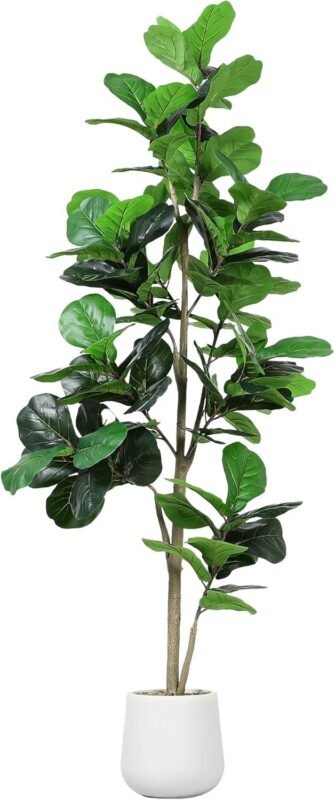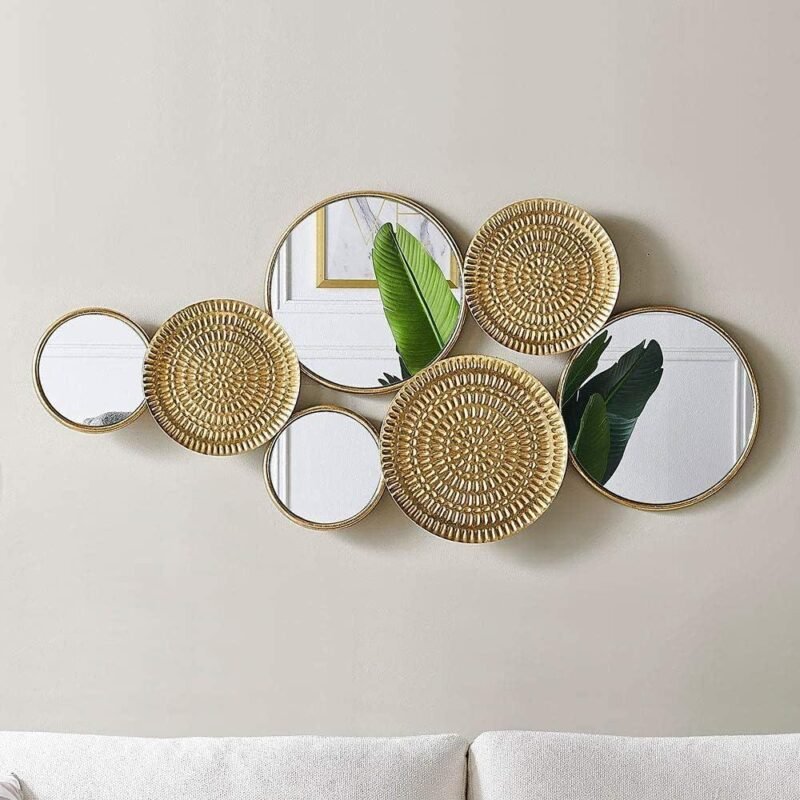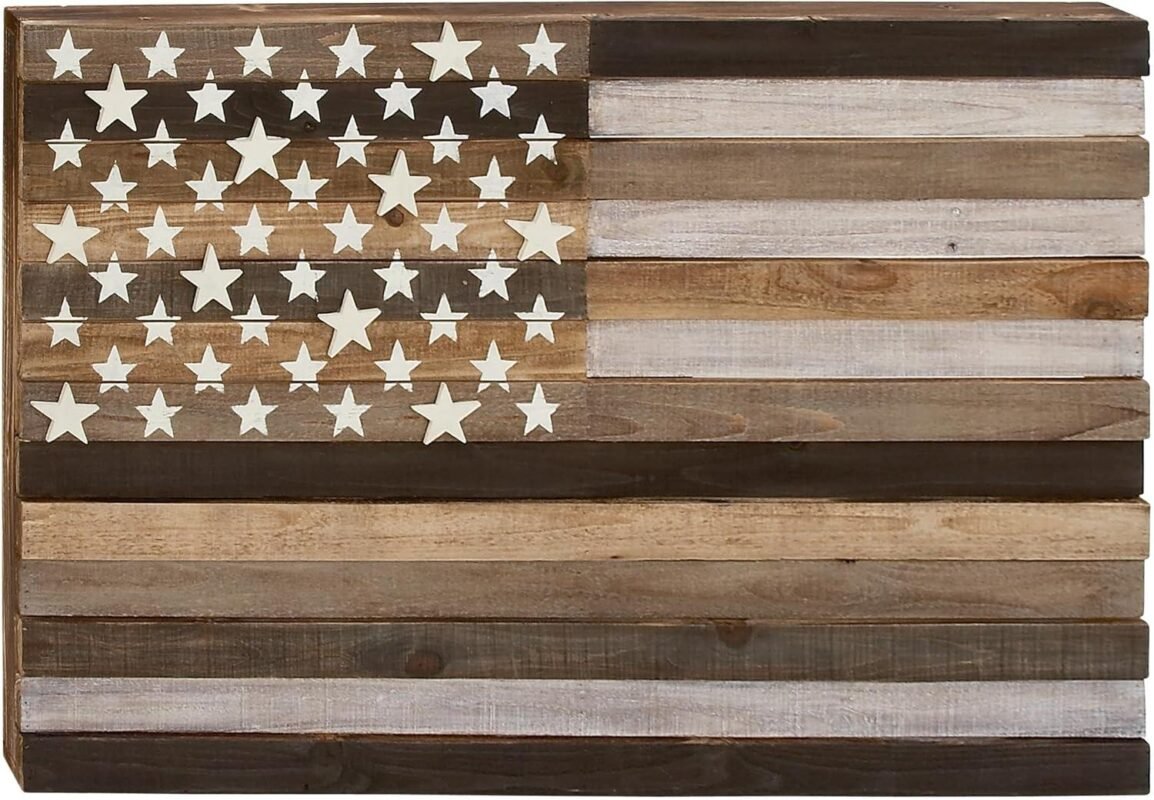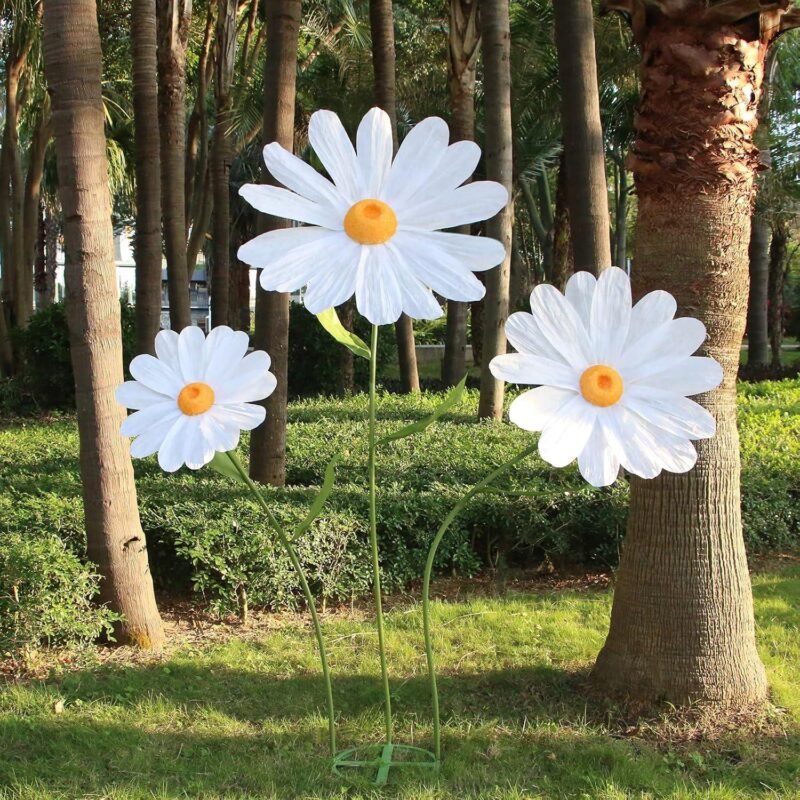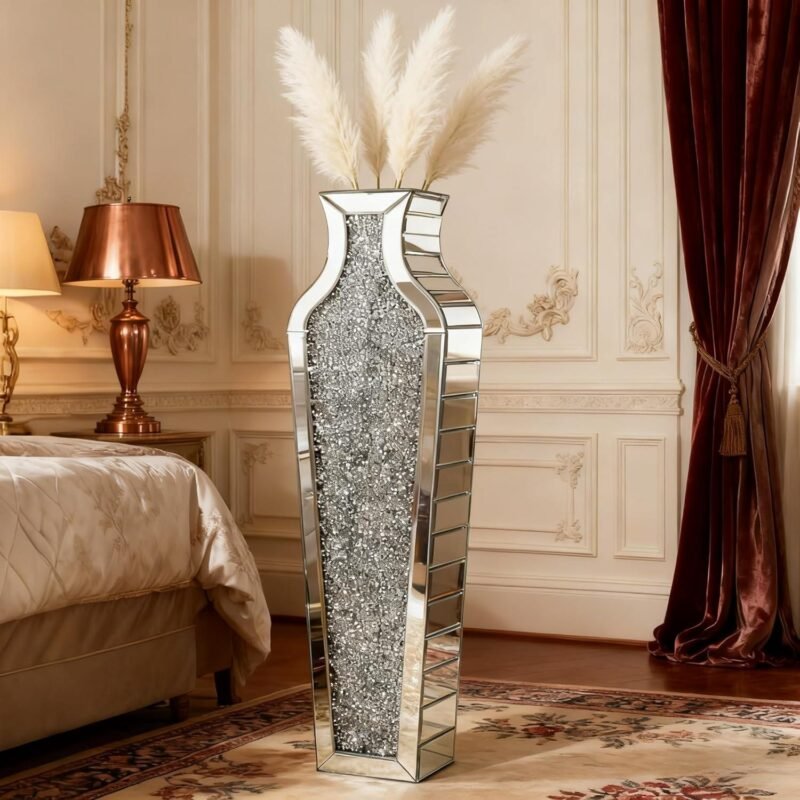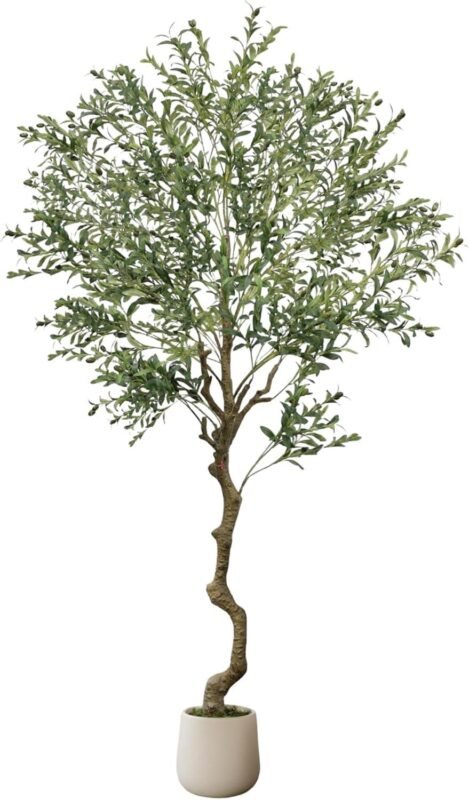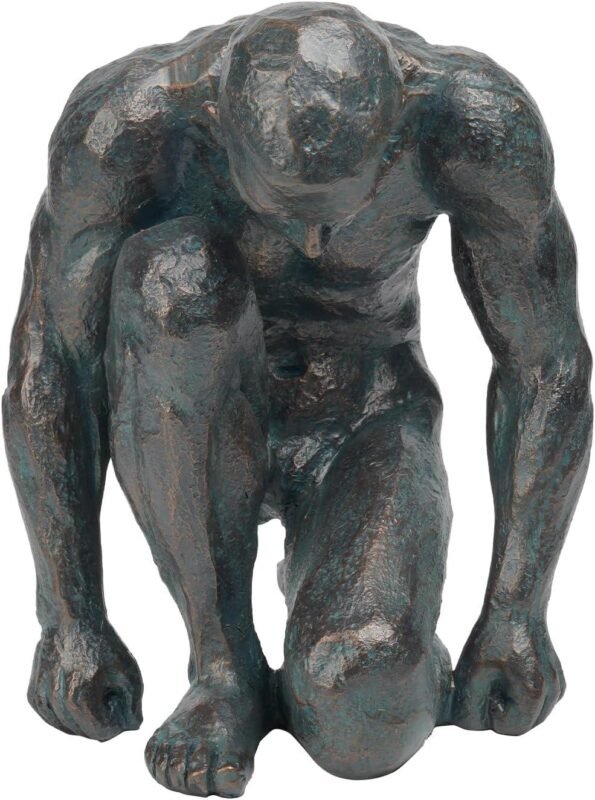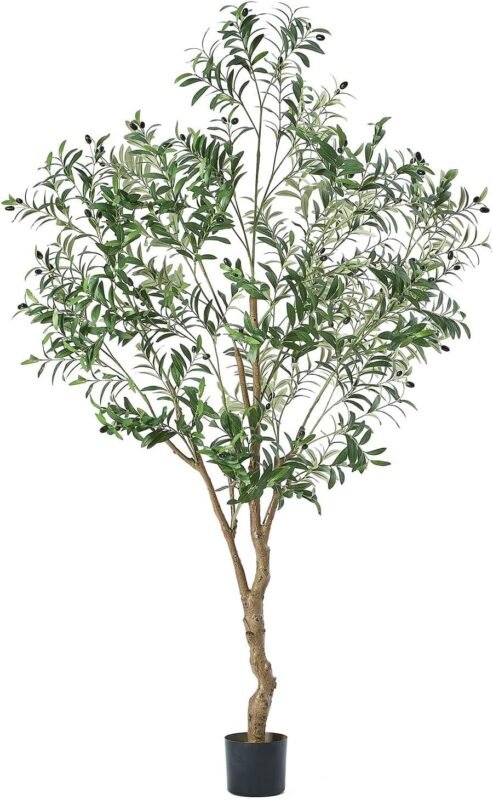Blog
Ultimate Guide to Rustic Decor Ideas for Your Home
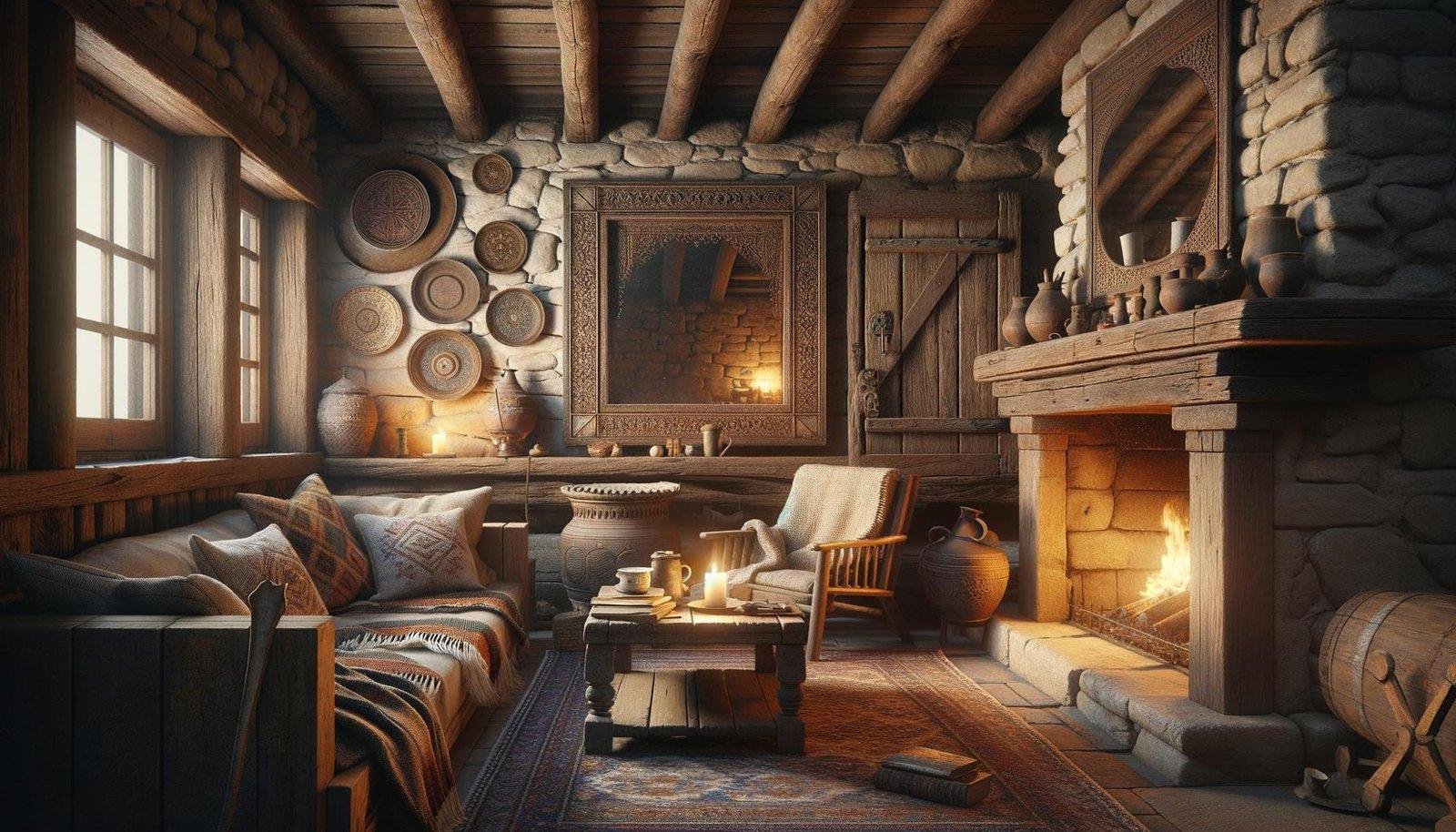
Ultimate Guide to Rustic Decor Ideas for Your Home
Weathered wood beams stretch across ceilings, worn leather settles into comfortable creases, and mason jars flicker with candlelight on rough-hewn tables. Welcome to the world of rustic decor-where imperfection isn’t just accepted but celebrated, where each scratch tells a story, and where the wilderness finds its way indoors. Whether you’re nestled in a mountain cabin or bringing countryside charm to a city apartment, rustic design creates spaces that feel both timeless and personal. In this comprehensive guide, we’ll walk through the earth-toned palette of possibilities, exploring how to transform your living space into a sanctuary that balances rugged textures with cozy comfort, and nostalgic elements with contemporary function.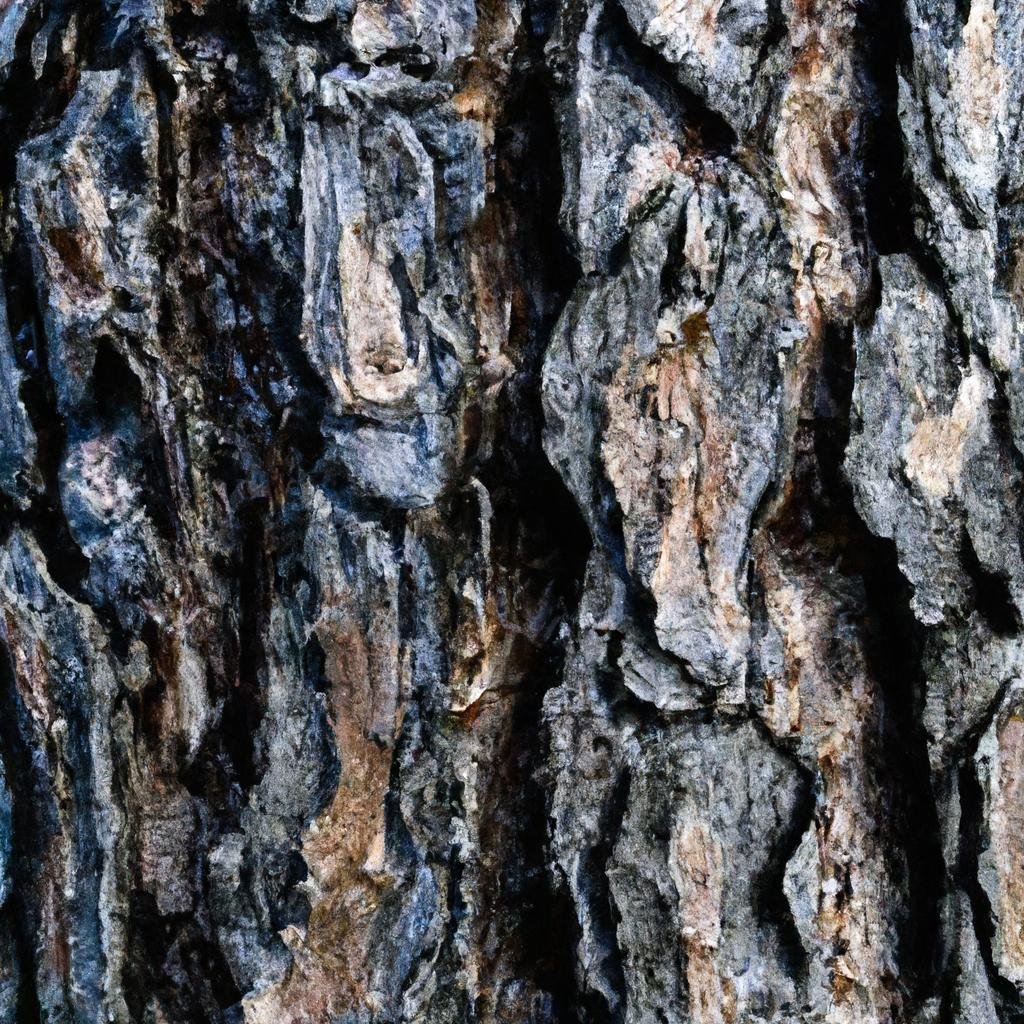
Embracing Natural Elements: Wood, Stone, and Organic Textures
The soul of rustic design lives in its connection to the natural world. Reclaimed barn wood, with its weathered patina and rich history, transforms ordinary walls into storytelling surfaces. Meanwhile, river rock fireplaces anchor living spaces with primitive elegance, and hand-scraped hardwood floors bring warmth underfoot. Consider incorporating these raw materials in unexpected ways-floating shelves cut from live-edge timber, stacked stone accent walls in bathrooms, or ceiling beams salvaged from century-old structures. The beauty lies in imperfection: knots, grain variations, and natural color shifts create visual interest impossible to replicate with synthetic alternatives.
Tactile elements elevate rustic spaces beyond mere aesthetics to sensory experiences. Layer in:
- Nubby linen draperies that filter light beautifully
- Hand-woven jute or sisal area rugs with their distinctive earthy scent
- Hammered copper vessel sinks that develop unique patinas over time
- Chunky wool throws with visible weaving techniques
| Natural Element | Best Applications | Maintenance Tip |
|---|---|---|
| Soapstone | Countertops, sinks | Oil occasionally to enhance color |
| Cedar | Accent walls, ceilings | Avoid high-moisture areas |
| River Rock | Shower floors, fireplace surrounds | Seal grout lines yearly |
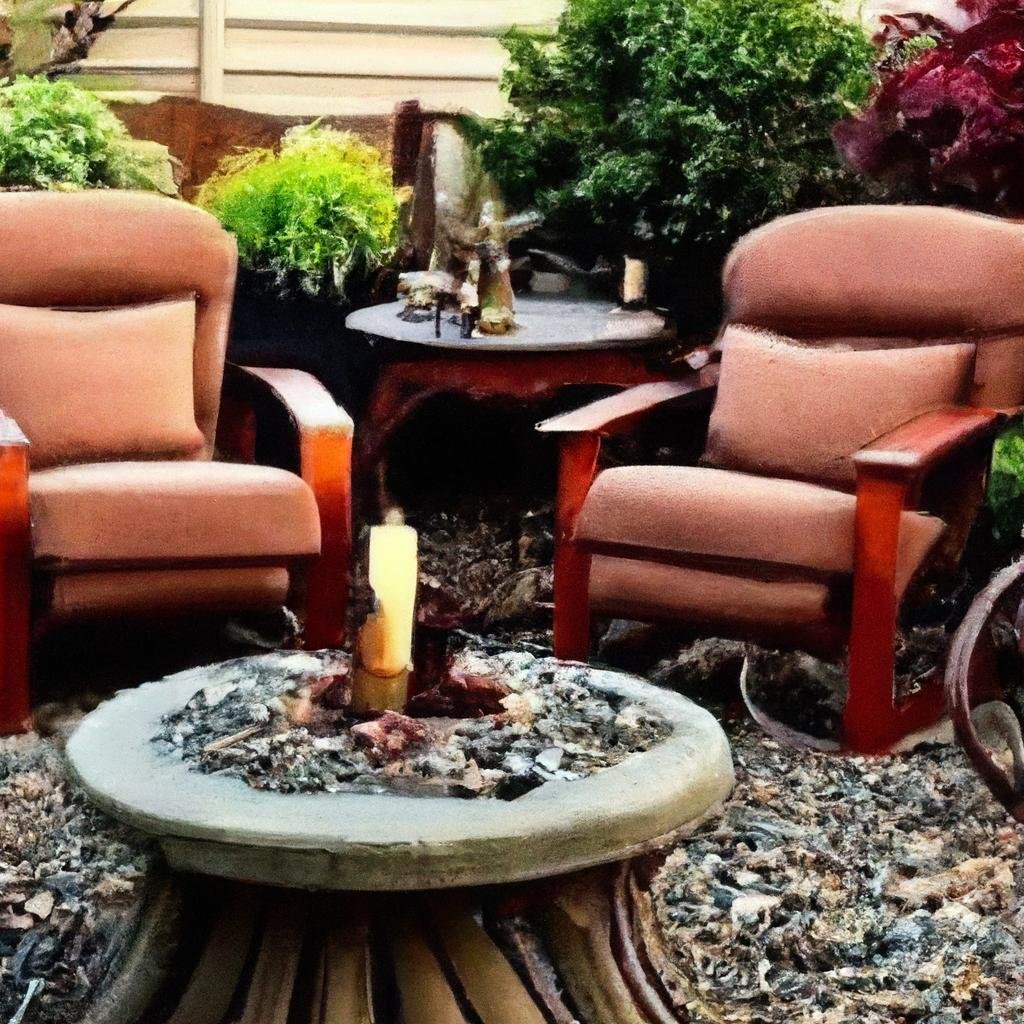
Blending Rustic with Modern: Creating Balance in Your Living Spaces
The charm of exposed wooden beams against sleek polished concrete floors creates a captivating contrast that defines today’s balanced interiors. Thoughtful juxtaposition is key-placing hand-carved wooden side tables beside minimalist sofas, or hanging vintage Edison bulb fixtures above contemporary dining settings. This deliberate tension between elements creates spaces that feel both grounded and fresh, avoiding the heaviness of purely traditional environments or the coldness of strictly modern ones.
To achieve this harmonious blend, focus on these essential elements:
- Material mixing – Combine raw materials like stone and reclaimed wood with glass and metal finishes
- Selective statement pieces – Choose one rustic focal point (like a farmhouse table) rather than overwhelming the space
- Neutral bridging palette – Use earth tones as a foundation that complements both design approaches
| Rustic Element | Modern Counterpart | Balance Effect |
|---|---|---|
| Weathered barnwood wall | Minimalist furnishings | Textural interest with clean lines |
| Vintage pottery collection | Monochromatic color scheme | Character within visual restraint |
| Handwoven textiles | Geometric lighting fixtures | Warmth with architectural precision |
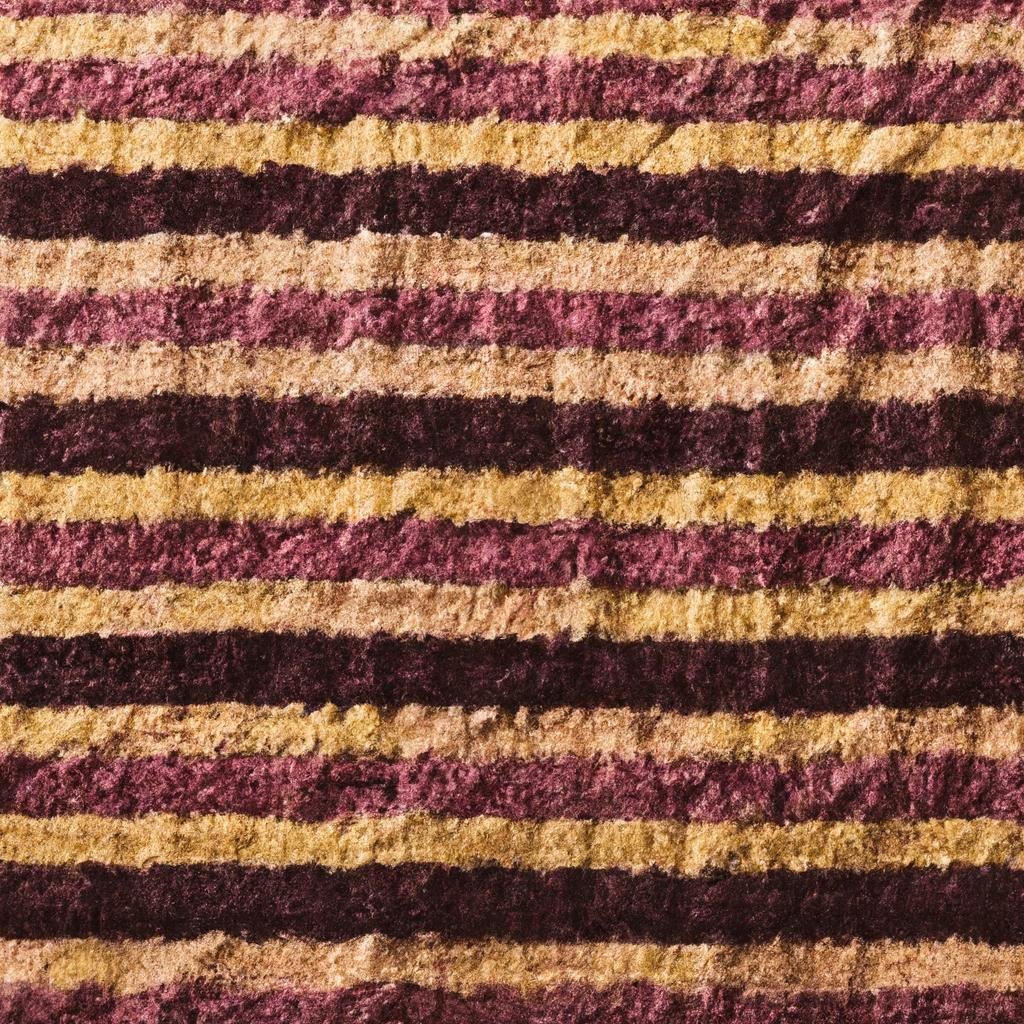
Cozy Comfort: Textiles, Layers, and Warmth in Rustic Home Design
Nothing says “welcome home” quite like a collection of plush textiles that invite you to sink in and stay awhile. Natural fabrics reign supreme in rustic design-think wool throws, cotton slipcovers, and linen curtains that dance in the breeze. These materials not only offer tactile pleasure but also contribute to the lived-in authenticity that defines rustic spaces. Layer sheepskin rugs over sisal or jute for an interplay of textures that ground the room in earthy comfort. Drape handwoven blankets across the arm of a leather chair, or arrange plump pillows covered in muted plaids and subtle herringbones to create inviting nooks throughout your home.
Temperature plays a crucial role in rustic design, both visually and literally. Warm color palettes in your textiles-ranging from deep forest greens to burnt oranges and rich burgundies-create a sense of sheltered coziness. Consider the following elements to enhance the warmth factor:
- Chunky cable-knit or faux fur throws draped strategically
- Window treatments that balance natural light with privacy
- Vintage quilts that tell stories of generational craftsmanship
- Textured pillow covers in varying sizes for dimensional interest
| Textile Type | Best Placement | Seasonal Adaptation |
|---|---|---|
| Wool | Throws, area rugs | Year-round (lighter weaves for summer) |
| Linen | Curtains, bedding | Summer primary, layered in winter |
| Leather | Furniture, accents | Develops character over time |
| Sheepskin | Chair backs, floor coverings | Winter focus, store during summer |

Authentic Character: Vintage Finds and DIY Projects That Tell Your Story
Walking into a home that truly speaks to its owner’s spirit involves more than catalog-bought perfection. Time-worn treasures carry stories etched into their weathered surfaces-the farmhouse table with decades of family gatherings scored into its planks, the antique milk cans rescued from a forgotten barn, or vintage signage with faded lettering that whispers tales of bygone eras. These aren’t merely decorative elements; they’re conversation starters and memory keepers that transform a house from a showroom into a deeply personal sanctuary. Scouring flea markets, estate sales, and antique shops becomes less about shopping and more about treasure hunting for pieces that inexplicably resonate with your aesthetic sensibilities.
When vintage finds prove elusive or budget-prohibitive, DIY creativity steps in to fill the gaps with equally meaningful alternatives. Consider these approachable projects that inject authentic rustic character:
- Transform reclaimed barn wood into floating shelves that highlight cherished collectibles
- Repurpose mason jars into pendant lights with simple electrical kits
- Create custom wall art using weathered fence pickets as canvas
- Refinish thrift store furniture with milk paint and distressing techniques
- Craft textile accents from grain sacks or vintage-inspired fabrics
| Vintage Find | Modern Alternative | DIY Potential |
|---|---|---|
| Antique Ladder | Blanket Display | High |
| Enamelware | Kitchen Décor | Medium |
| Old Windows | Photo Frames | High |
| Wooden Crates | Storage Solutions | Medium |
Q&A
Ultimate Guide to Rustic Decor Ideas for Your Home: Q&A
Q: What exactly defines “rustic decor” in home design?
A: Rustic decor embraces natural textures, weathered finishes, and organic elements that create a warm, unpretentious atmosphere. It’s characterized by raw wood, stone, metals with patina, and a celebration of imperfections that tell a story of craftsmanship and time.
Q: How can I incorporate rustic elements without my home looking like a cabin?
A: Balance is key! Mix rustic pieces with more contemporary elements-perhaps pair a reclaimed wood coffee table with a sleek sofa, or add industrial lighting fixtures alongside natural textures. This creates a curated rustic feel rather than a themed space.
Q: What are some budget-friendly ways to add rustic charm?
A: Nature provides free design elements-arrange branches in a large vase, display stones or pinecones in wooden bowls, or frame pressed botanicals. DIY projects like distressing furniture, making rope accents, or repurposing barn wood into shelving offer authentic rustic appeal without breaking the bank.
Q: Which colors work best in rustic design?
A: Think of a walk through nature-earthy neutrals like warm browns, soft grays, creamy whites, and muted greens create an authentic palette. These can be punctuated with deeper forest greens, burnt oranges, or deep reds for seasonal accents.
Q: How do textiles fit into rustic decor?
A: Textiles add essential warmth and texture-look for natural fibers like wool, cotton, burlap, and linen. Layer with abandon: chunky knit throws, faux fur pillows, woven rugs, and simple linen curtains all contribute to that inviting, lived-in rustic feel.
Q: Can rustic decor work in small spaces?
A: Absolutely! Focus on quality over quantity-one statement piece like a reclaimed wood accent wall or vintage trunk coffee table can anchor the space. Use mirrors with distressed frames to reflect light, and opt for lighter wood tones to prevent the space feeling cramped.
Q: What lighting complements rustic style?
A: Lighting should feel warm and inviting-think wrought iron chandeliers, pendant lights with wooden or metal elements, repurposed mason jars as sconces, or lamps with burlap or linen shades. Aim for layered lighting that creates a cozy glow rather than harsh brightness.
Q: How can I make rustic decor feel current rather than dated?
A: The key is thoughtful curation rather than themed excess. Incorporate clean lines alongside rustic textures, maintain breathing space between elements, and add unexpected contemporary pieces. Today’s rustic style is more about subtle authenticity than antlers-and-plaid overload.
Concluding Remarks
Embracing the Rustic Journey
As the dust settles on our exploration of rustic charm, remember that the true essence of this style lies not in perfection, but in the stories your space tells. Whether you’ve chosen weathered wood beams overhead or simply added a touch of nature to your coffee table, each element contributes to a tapestry of comfort that is uniquely yours.
The beauty of rustic design is that it evolves with you-gathering patina, memories, and character with each passing season. So take these ideas as starting points rather than rigid rules. Let your home grow wild in the places that matter, tame in the spaces that need calm, and always true to the natural rhythm that called you to rustic décor in the first place.
After all, in a world increasingly digital and detached, there’s something profoundly revolutionary about creating a haven that whispers of simpler times and deeper connections. Your rustic home isn’t just a design choice-it’s a daily return to what matters most.

